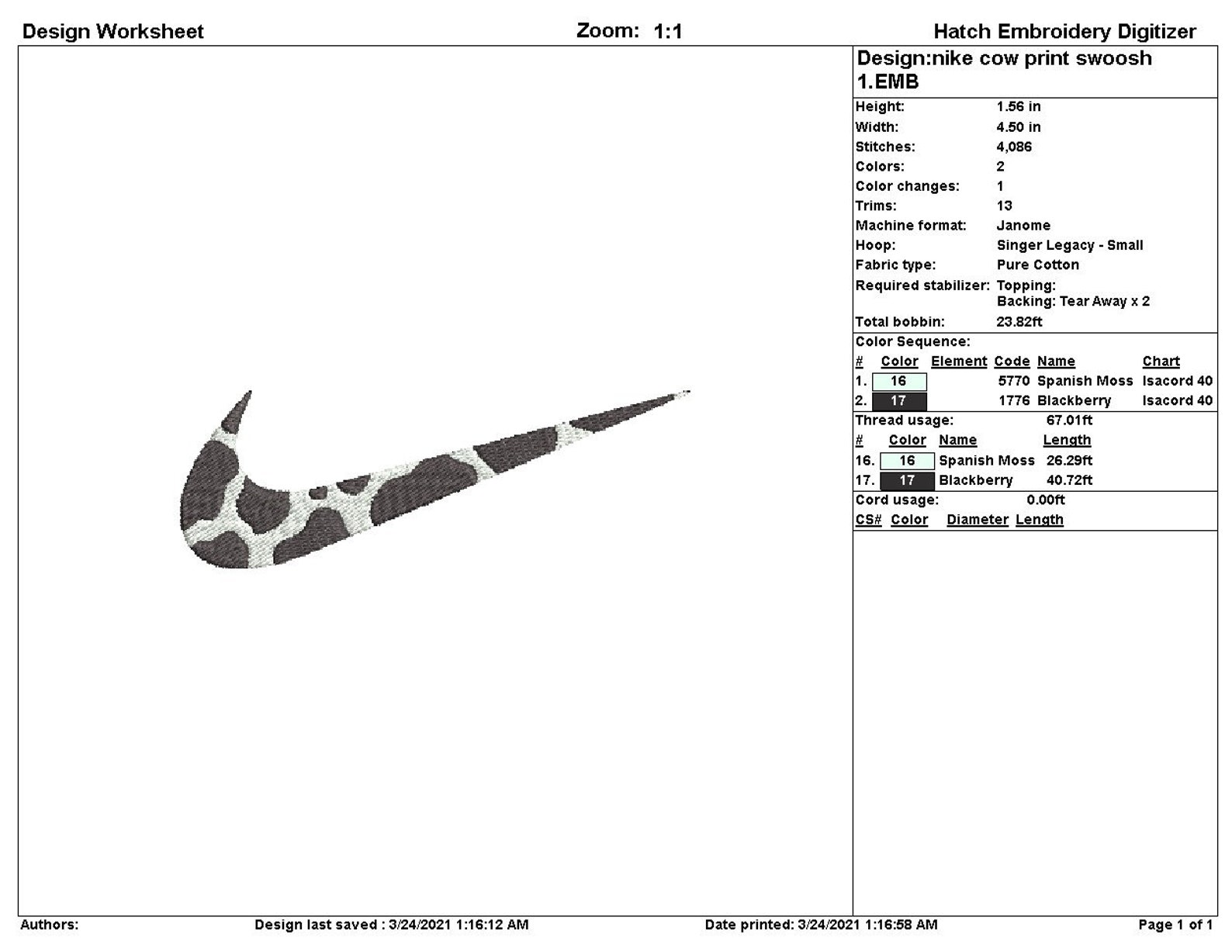
- #MELCO DESIGN EXPRESS INSTALL#
- #MELCO DESIGN EXPRESS FULL#
- #MELCO DESIGN EXPRESS ANDROID#
- #MELCO DESIGN EXPRESS SOFTWARE#
#MELCO DESIGN EXPRESS FULL#
The N1A itself has a fairly conventional audio electronics case with a full width aluminium facia. And if you don’t have a wired LAN (local area network) it’s possible to set up a network specifically for the purpose of controlling playback with a router such as the Apple Airport Express.
#MELCO DESIGN EXPRESS ANDROID#
If you buy high resolution downloads from Qobuz these can be sent directly to the N1A by configuring the download computer, it can also be used to stream from the Tidal music service using Bubble UPnP on an Android tablet. The N1A can however send DSD to compatible DACs or convert it to PCM for those that aren’t and even downsample for sample rate limited converters.
#MELCO DESIGN EXPRESS SOFTWARE#
It would be nice if this software could be changed to something like JRiver which provides a really nice interface and offers Photoshop like levels of flexibility (rumour has it that this might well be in the pipeline). This effectively tells the Melco what to send to the DAC using the server software incorporated into it. When connected to a compatible USB DAC the Melco appears on the network as a UPnP renderer (player) and so can be controlled by most UPnP control points What’s really clever is that you can still control what’s played with a touch screen app.
#MELCO DESIGN EXPRESS INSTALL#
The only drawback is that you can’t install driver software on the Melco so it is only be compatible with Class2 USB DACs, there is a compatibility chart on the Melco site.

This means that you don’t need a streamer but only a USB DAC, which are considerably more affordable and potentially better sounding. It has another trick up its sleeve in the form of a USB output, another first. Additionally MinimServer, the audiophile’s friend for reasons of metadata and browsing management as well as sound quality, will be shortly available as a very simple installation. The UPnP server is a heavily modified Twonky build that’s optimised for classical browsing and is DSD capable. This is one reason why the N1A sounds so good, the difference between the two approaches is very clear indeed. So the signal goes straight to the streamer yet the streamer can still ‘see’ the network via this path. Melco puts a network connection and a player connection onto its drives and isolates one from the other. This means that the audio signal has to go through a network that is polluted by noise from basic switching power supplies and data for other applications. Commercial NAS drives have to be connected to a switch to get the signal to the streamer, and the streamer has to be connected to the network in order for it to be controlled. As well as paying attention to the engineering of the drive and the way its managed Melco has devised its own unique approach to signal connection. Having spent time with the more affordable HDD variant I am intrigued about the potential of its big brother. There are two Melcos, the N1A that has spinning drives and 4TB of storage and the N1Z with SSD drive and a mere terabyte of space.

The advantage is that switched mode produces relatively low heat which increases reliability and longevity for the whole device. The supplies are switched mode types but ‘properly designed’ examples of the art, something that both Chord Electronics and Linn have proved can be done. They don’t have wall warts but use onboard power supplies, which means that they’re earthed. The Melco drives are so audio dedicated that they should be used to store video or pictures, lack of raw speed being the main reason for this. But audio applications do not require speed they require low jitter clocking, low noise and maximum data integrity. A regular NAS is built for speed of data access, it doesn’t need maximum data integrity because it can always re-read the drive if anything crucial is missing. They could have modified a commercial NAS but instead decided to build a ground up design whose aims were fundamentally different to those required in a computer NAS. With an audiophile at the top it seems that it was only a matter of time before Buffalo began building drives dedicated to audio purposes, and the Melco name was revived. The guy who started it became the chairman of Buffalo the Japanese computer peripherals company that specialises in data storage. No power amplifiers ever emerged as the Melco Company moved into IT and computer products and became Buffalo.

Maki Electronics Laboratory Co was set up in 1975 to make high mass turntables with outboard motors and silk thread drives along with line level preamplifiers.

A former turntable manufacturer turned data storage giant has built an audio oriented NAS drive that gives streamers a real shot in the arm.


 0 kommentar(er)
0 kommentar(er)
